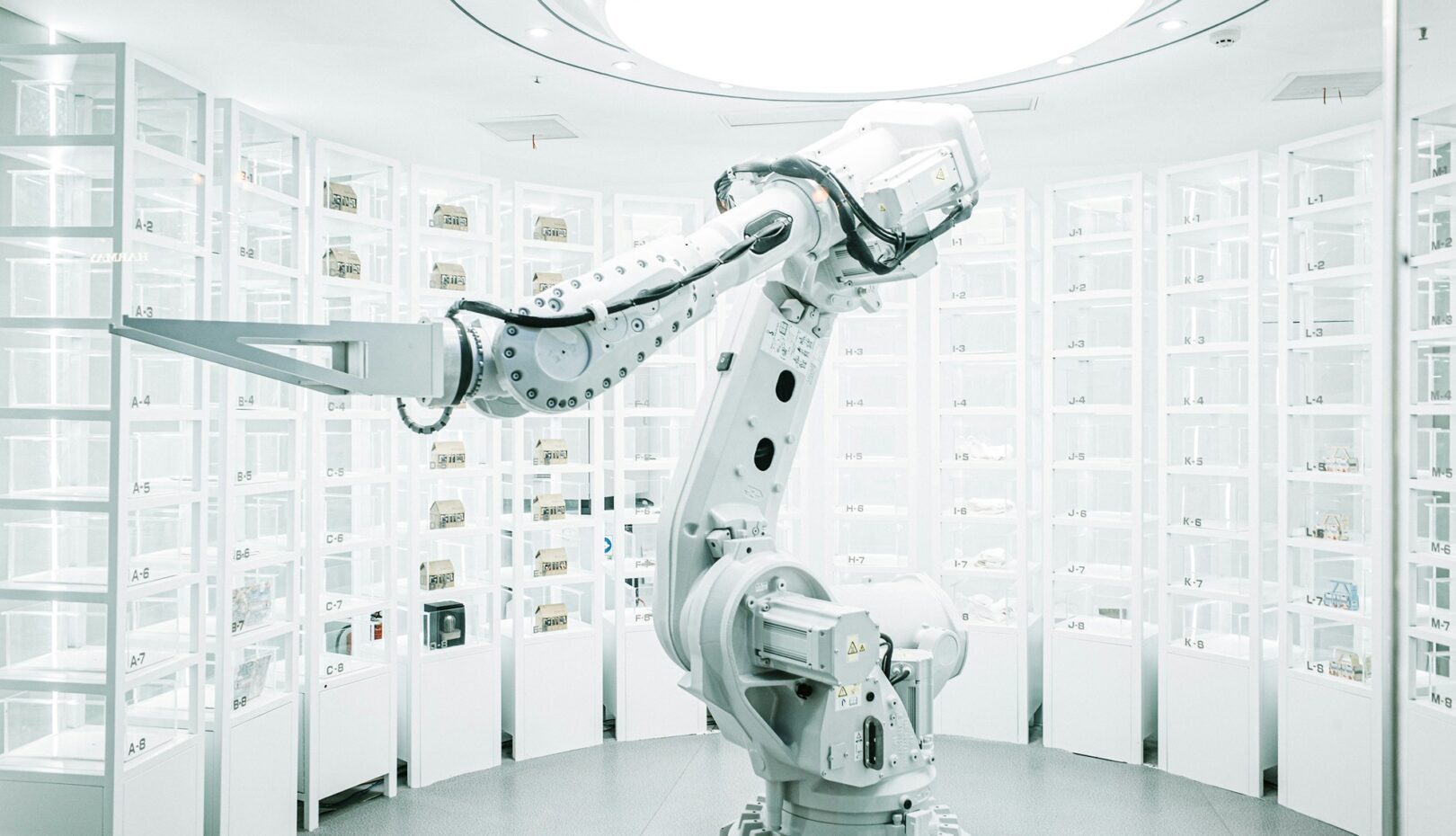Understanding AI Workflow Automation: Boosting Efficiency and Decision-Making
Understanding AI Workflow Automation: Boosting Efficiency and Decision-Making
Unleashing the Power of AI Workflow Automation
In today’s fast-paced business environment, organizations increasingly turn to technology to enhance their operational efficiency. AI workflow automation stands at the forefront of this transformation, offering innovative solutions that streamline processes and reduce manual effort. By harnessing the power of artificial intelligence, businesses can unlock new levels of productivity and effectiveness.
The integration of AI into workflow automation not only simplifies repetitive tasks but also empowers teams to focus on strategic initiatives that drive growth. As companies seek to remain competitive, understanding the nuances of AI workflow automation becomes essential for leveraging its full potential. This technology enables organizations to optimize their operations, leading to improved decision-making and enhanced customer experiences.
AI workflow automation encompasses a range of technologies and methodologies designed to facilitate seamless business processes. By employing intelligent algorithms and machine learning, organizations can automate tasks that traditionally required human intervention, such as data entry and report generation. This shift not only minimizes errors but also accelerates the pace at which businesses can respond to market demands, ultimately fostering a culture of agility and innovation.
What is AI Workflow Automation?

AI workflow automation is the process of using artificial intelligence technologies to facilitate and streamline business processes, ultimately enhancing productivity and reducing errors. It leverages machine learning and intelligent algorithms to automate repetitive tasks, allowing teams to focus on more strategic initiatives.
The core of AI workflow automation lies in its ability to analyze data and make informed decisions based on predefined parameters. This technology can handle various tasks, from simple data processing to complex decision-making scenarios. By integrating AI into existing workflows, organizations can achieve significant improvements in efficiency and accuracy.
Key components of AI workflow automation include data collection, process mapping, and the application of AI technologies such as robotic process automation (RPA) and natural language processing (NLP). These elements work together to create a cohesive system that not only automates tasks but also learns and adapts over time. For instance, businesses can utilize generative AI solutions to streamline customer service operations, enabling chatbots to handle inquiries and provide support without human intervention.
As organizations explore the potential of AI workflow automation, they must consider the specific needs of their operations. Identifying tasks that are time-consuming and repetitive is crucial for determining which processes are prime candidates for automation. By focusing on areas where human intervention is minimal, businesses can maximize the benefits of AI-driven solutions, leading to enhanced productivity and improved outcomes.
How to Implement AI Workflow Automation
Implementing AI workflow automation requires a methodical approach that ensures successful integration into existing operational structures. Begin by analyzing the current operational landscape to pinpoint tasks that are repetitive or particularly time-consuming. This identification process helps substantiate which functions are best suited for automation, focusing on areas that demand little human oversight.

Evaluate Current Technology
A thorough evaluation of your technology stack is essential to understand how AI can enhance your workflows. Identify legacy systems and tools that could benefit from improved efficiency through AI intervention, taking note of their compatibility with proposed automation solutions.
- Determine Existing Capabilities: Review the functionality of current software systems—CRM platforms, data management tools, and communication software may offer integrated options for automation that can be further exploited.
- Assess Integration Opportunities: Investigate AI technologies that can seamlessly merge with existing tools to avoid operational disruptions and ensure a cohesive workflow.
Selecting AI Tools
Investigate and select AI tools that best meet your workflow automation goals based on specific business needs. Aim for solutions that excel in both business process automation (BPA) and intelligent process automation (IPA).
- Adaptability: Select AI platforms that can accommodate business growth; they should be flexible enough to evolve with varying demands and complexities.
- Intuitive Design: Opt for tools with a user-friendly interface, simplifying onboarding and utilization for all team members.
Designing Automated Workflows
Once suitable tools are identified, focus on designing automated workflows with precision. Outline each process step clearly, ensuring a logical progression that aligns with the business objectives.
Conduct rigorous testing of these workflows to ascertain and rectify potential challenges prior to full implementation. This foresight ensures that automated systems operate smoothly and provide reliable output.

Training and Cultivating a Supportive Culture
Effective training is essential for team members to adapt to and fully utilize new automated systems. Highlight the advantages these tools bring to operational efficiency, encouraging a mindset that embraces AI solutions in everyday activities. This cultural shift will help to maximize the benefits of automation throughout the organization.
Continuous Improvement and Monitoring
The journey of AI workflow automation does not conclude with the rollout phase. Establish a robust system for monitoring performance metrics to analyze the effectiveness of automated processes continually. Engaging users in feedback allows for ongoing enhancements that refine workflows and ensure they remain relevant and beneficial over time.
As you embrace the transformative power of AI workflow automation, consider the countless opportunities for innovation and growth within your organization. With our expertise and guidance, we can help you navigate the complexities of AI integration to realize your full potential. Contact us to discuss your AI project or request a consultation.










